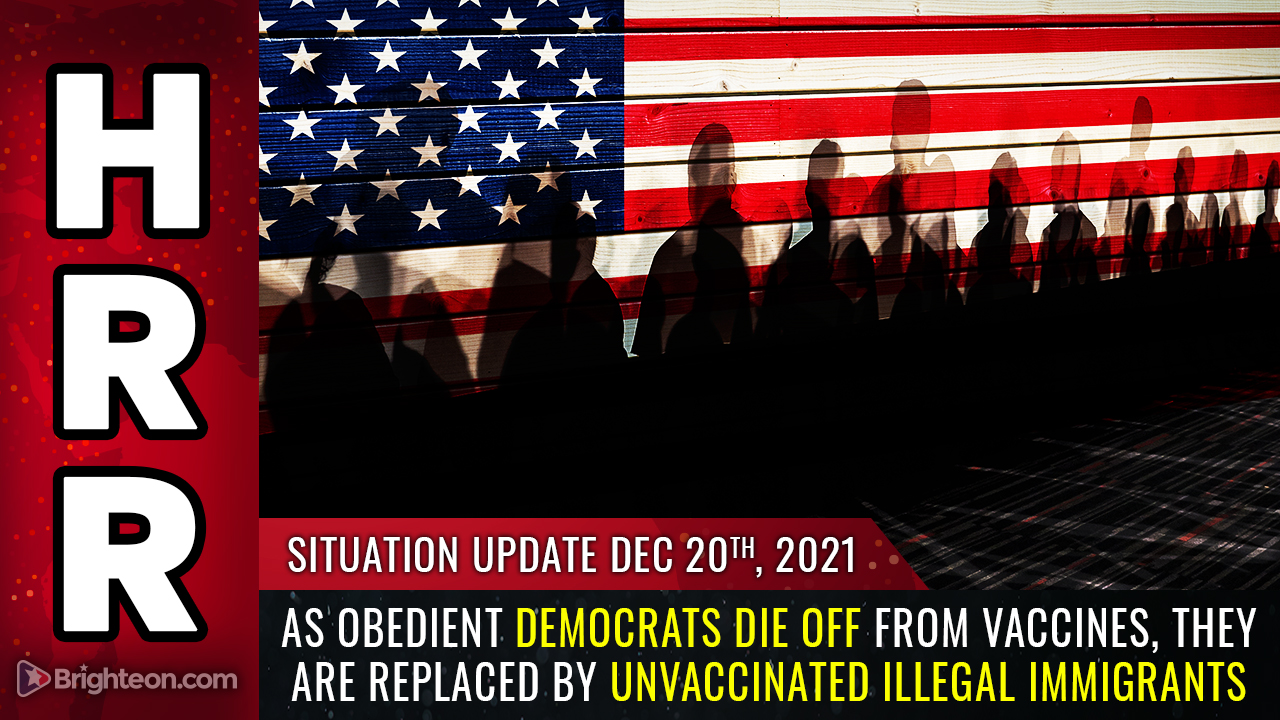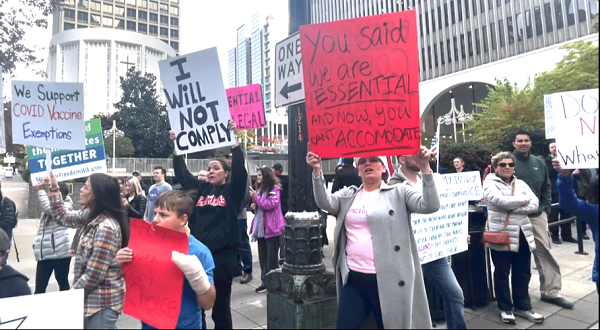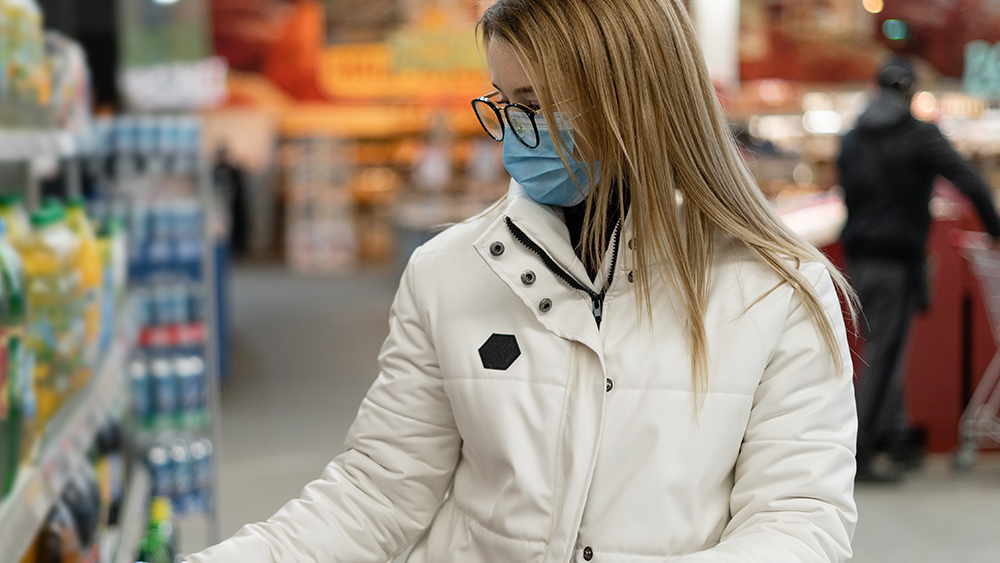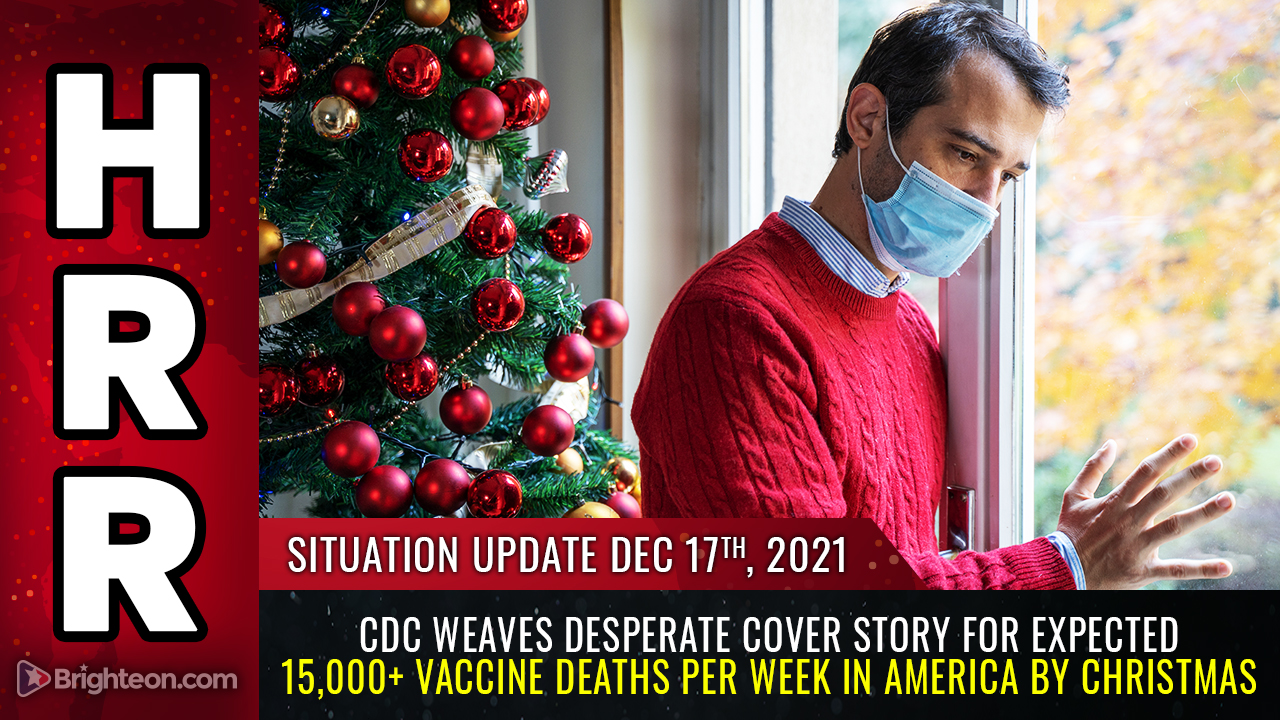Kids don’t need mandatory masking, says UC public health expert
09/05/2021 / By Mary Villareal

A public health expert from the University of California, San Francisco has condemned the Centers for Disease Control and Prevention‘s call for children ages two and up to wear masks in school. Vinay Prasad, an epidemiologist at UCSF, said that wearing masks can do more harm than good to a child’s development, adding that forcing children to wear masks could hinder their language, social and cultural development skills.
He also said that the trade-off for the minimal protection offered by masks against COVID-19 was not worth it.
“No scientific consensus exists about the wisdom of mandatory-masking rules for schoolchildren. The World Health Organization, which recommends that children 12 and older wear masks under the same circumstances that adults do, specifically advises against masking kids age 5 and younger,” he said.
Concerns of children not being able to breathe properly behind their masks are exaggerated — and so is the idea that masks provide significant benefits to fight COVID in the classroom.
Among his criticisms include the fact that the popular surgical masks do little to contain aerosols. A study from the University of Waterloo found that the blue masks were only 10 percent effective at filtering aerosols from the mouth and nose, while the tighter-fitting N95 and KN95 masks filtered more than 50 percent.
A separate study from Spain looked at infection rates between masked and unmasked students. The results showed that older masked students still transmitted aerosols at rates higher than their younger, unmasked counterparts.
The CDC guidelines also urged masks to be worn by vaccinated caregivers who work in infant day-care centers. Prasad noted that many studies actually support the importance of children seeing their caregivers’ faces, and many professional organizations, including the American Academy of Pediatrics, strongly agree with this.
Moreover, two out of every five parents oppose all masks in schools, no matter the child’s vaccination status, and over half of U.S. K-12 parents prefer masking not to be mandatory in the classroom.
A small number of parents also said that mandates should only be applied to unvaccinated children.
Meanwhile, 38 percent of parents prefer that teachers not be masked, and 13 percent want mandates to apply only to unvaccinated teachers.
He urged researchers to test policies that mandate all kids to wear masks so that they can fully understand the effects of doing so, and weigh them against the dangers of COVID. (Related: Health experts raise concerns regarding COVID-19 vaccination for children.)
Masking poses problems for children
There are three potential problems masks may pose for children when it comes to interacting with their classmates or teachers, according to Kang Lee, a professor of applied psychology and human development at the University of Toronto, who also studies the development of facial recognition skills in children.
First, he said that children under the age of 12 may have difficulty recognizing people because they often focus on individual features.
Second, he noted that a lot of the emotional information we display, we do so through the movement of our facial muscles. Because those specific muscles, and therefore, information that comes with it will be obscured by a mask, children can have issues with “emotional recognition and social interaction.”
Finally, he said that children may have problems with speech and recognition. He shared that even though we tend to think of speech communication as an auditory process, a great deal of information can also be communicated visually.
David Lewkowicz, a senior scientist at the Haskins Laboratories and Yale Child Study Center, also studied lip-reading in babies, and he said that around the age of six to eight months, as babies start to babble, they change the ways that they look at people who are speaking to them.
He said that babies “spend a lot of time looking at that person’s mouth, trying to master their own native speech, getting not only auditory cues but visual.”
Babies whose caretakers are masked will miss visual cues, and they may have trouble differentiating one person’s voice from another.
Masks are not great for communication with young children, Lewkowicz said. However, he noted that the time they spend at home with people who are not masked could give them a chance to practice picking up visual cues.
He suggested that parents and teachers could encourage children to communicate more through gestures or create games that could help them find ways of communicating with their hands and bodies.
Learn more about how COVID-19 is affecting daily lives at Pandemic.org.
Sources include:
Tagged Under: CDC, child health, children, coronavirus, covid-19, face masks, infections, masks, outbreak, pandemic, Public Health, Wuhan coronavirus
RECENT NEWS & ARTICLES
COPYRIGHT © 2017 MEDICAL EXTREMISM





















